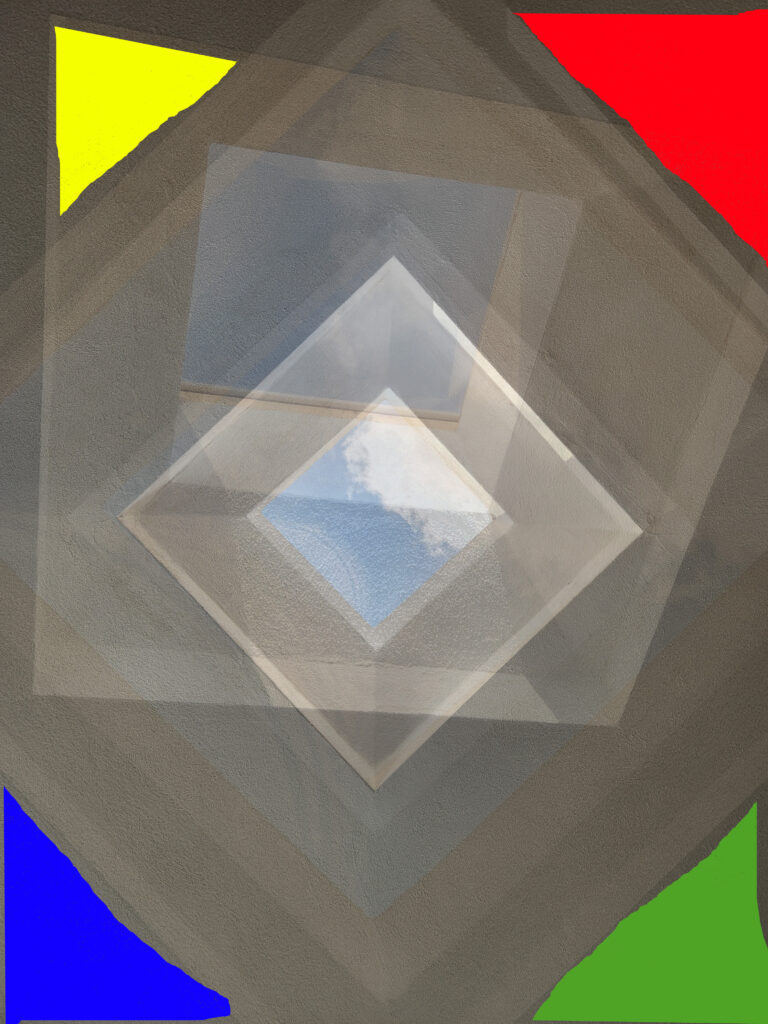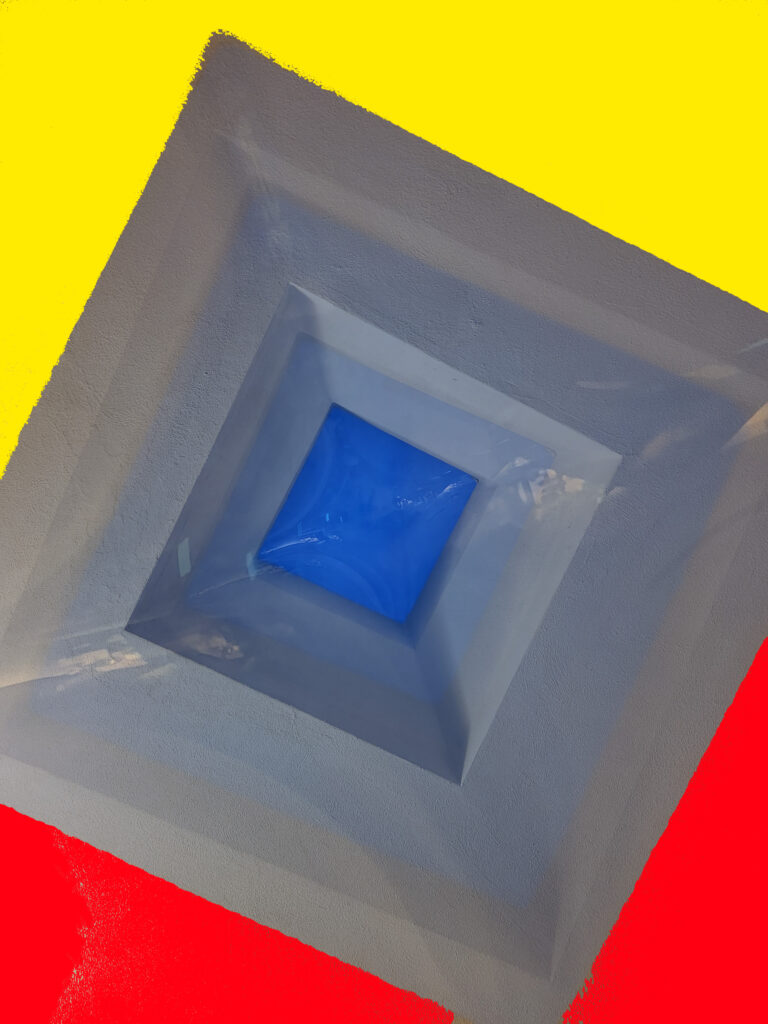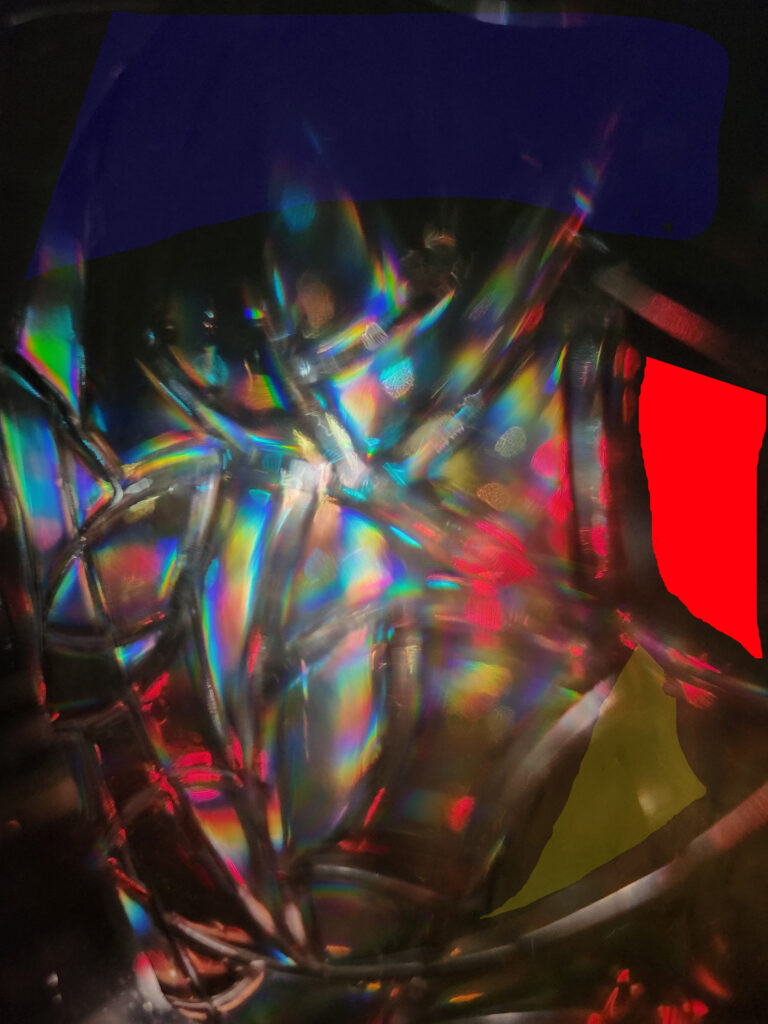Redirecting the Message: A Definition
Redirecting the Message is an art project that revolves around misinformation and communication bias. Explicitly, I take images, words, and objects and re-purpose them into other forms so that a new message is created from the old one. This is a part of my Reception Theory project, which relates to communication and interpretation. Therefore, the purpose is to show how one message can easily be changed to mean something different. In other words, information is easily re-purposed to fit the communicator’s agenda. As a result, the audience must decide what is real or not.
What to Look For
For instance, if an oil painting elicits a specific feeling or emotion, then it stands to reason that a photo will also elicit a specific feeling or emotion. However, certain types of art elicit specific behaviors when compared to other types of art. Therefore, it is reasonable to assume that the oil painting and the photo elicit different responses, even if the subject matter is the same. There are many examples of photos portraying events unobjectively, or even worse, untruthfully. For example, John Kerry never sat beside Jane Fonda at a peace rally.
Methodology
The attempt here is to create art using a specific technique and then transform that art into another technique. For example, if an oil painting is a work in of itself, then a photo of the same painting is also a work in of itself. To take it a step further, I then paint over the photo with new materials and take a photo of that. I then may subsequently further manipulate the new photo digitally. As a result, I have created a new photo of the first oil painting with new materials added. Therefore, the goal is to show how the media’s message can be easily spun to mean something very different from the original, intended message.
Concluding Remarks
Many of these images are photos of the exact same original item. In some of these instances, it is obvious that they are the same thing (Blur #2 and Blur #3, for example), but Blur #3 is also the same as Manipulation #5 Self-Portrait. It is the same original event but with a different result depending on the perspective. However, sometimes the change is subtle and not easily seen. Consequently, these are the images that are the most dangerous. In contrast, many images have blunt changes. It is obvious which images have been altered and how. However, these blunt images may also have subtle distortions that change the scene completely.
The Images
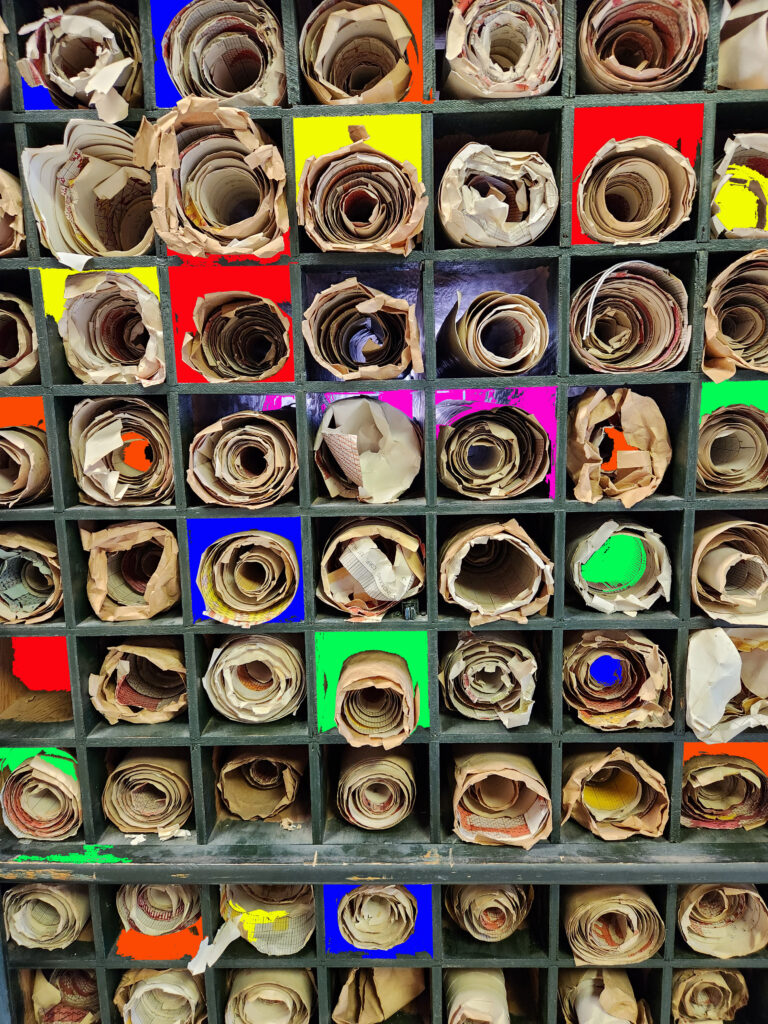
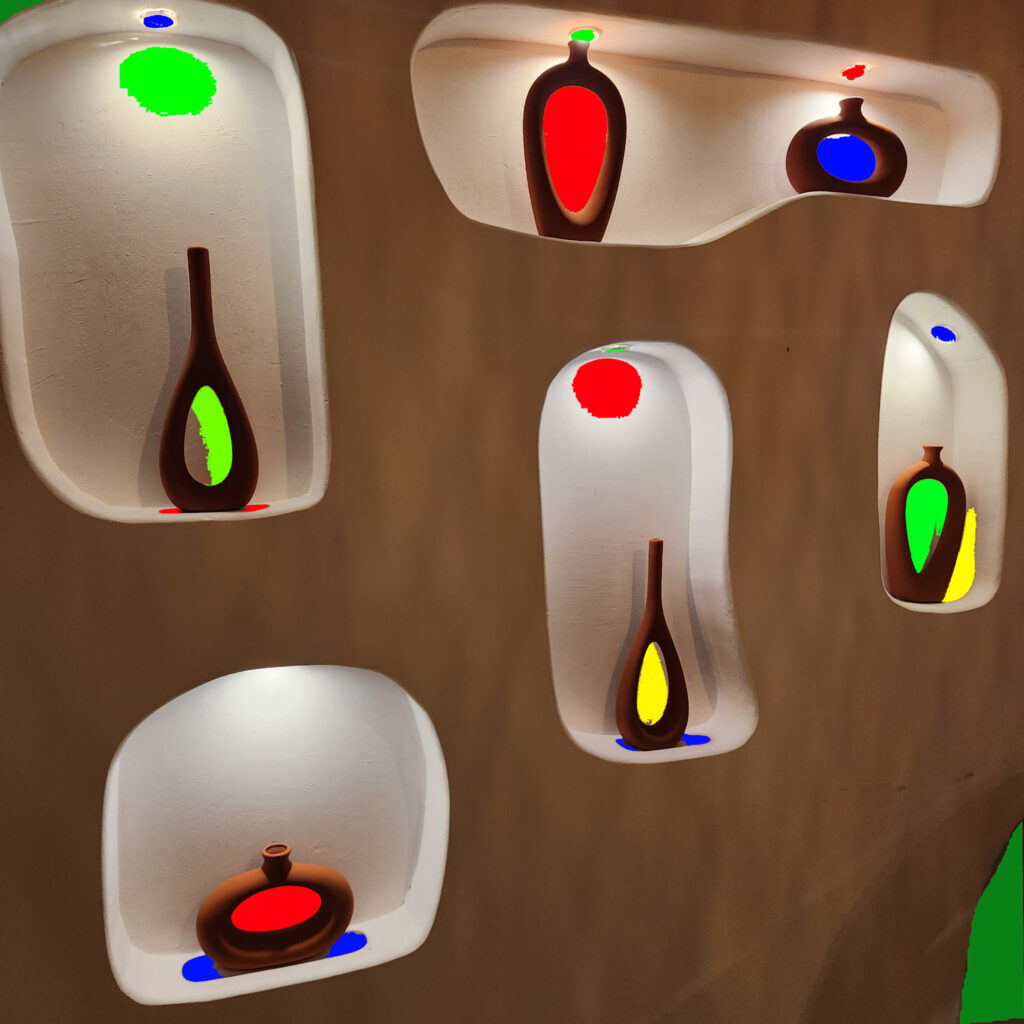
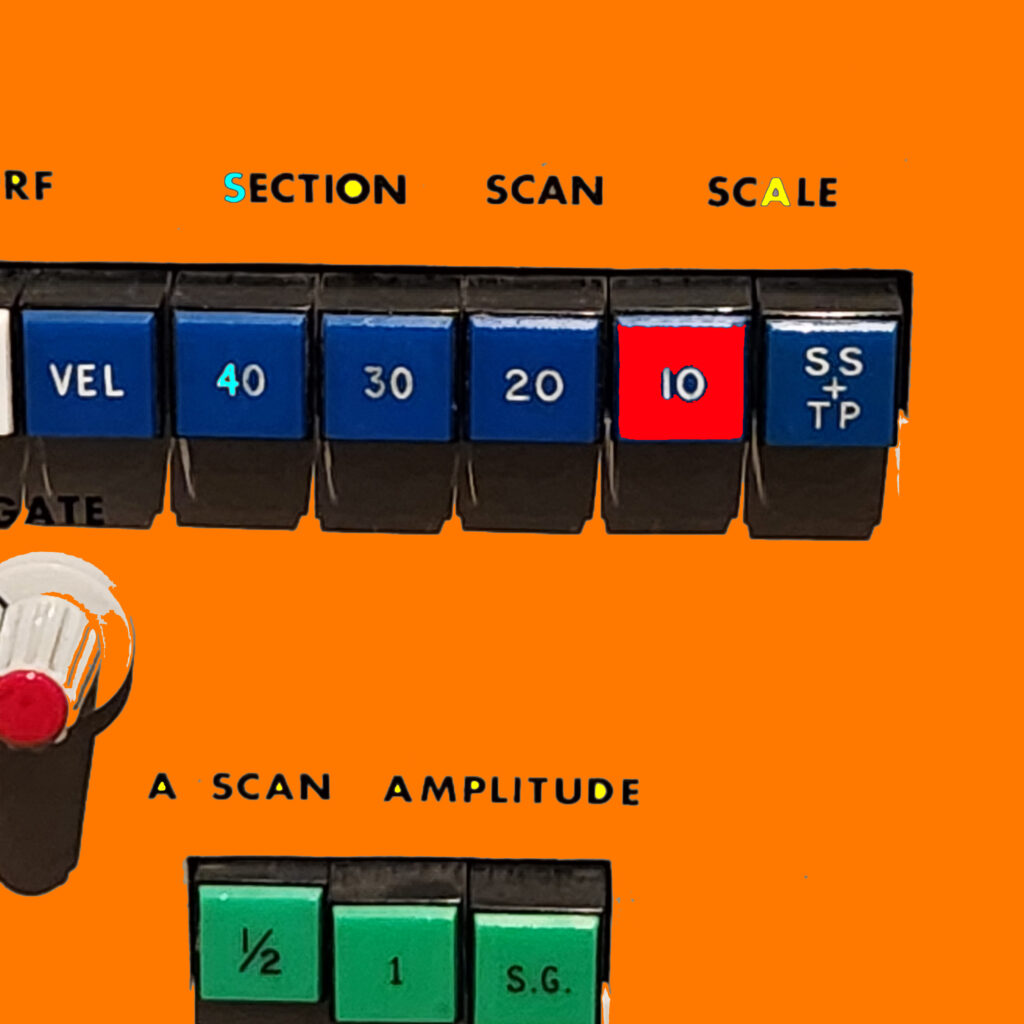

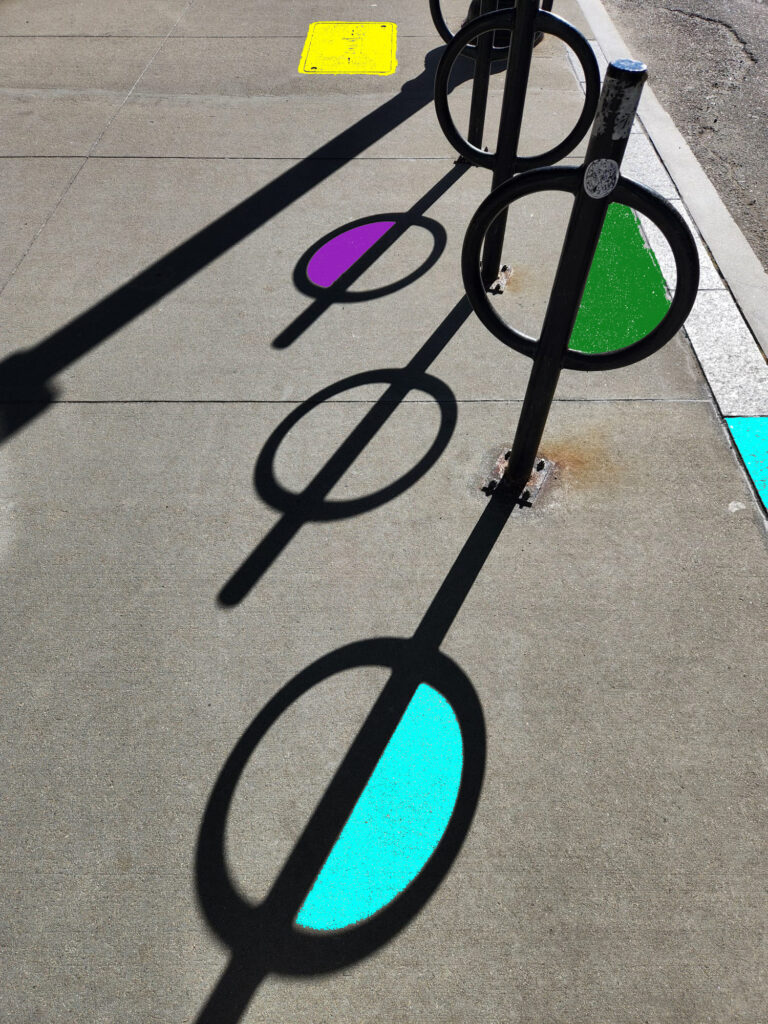
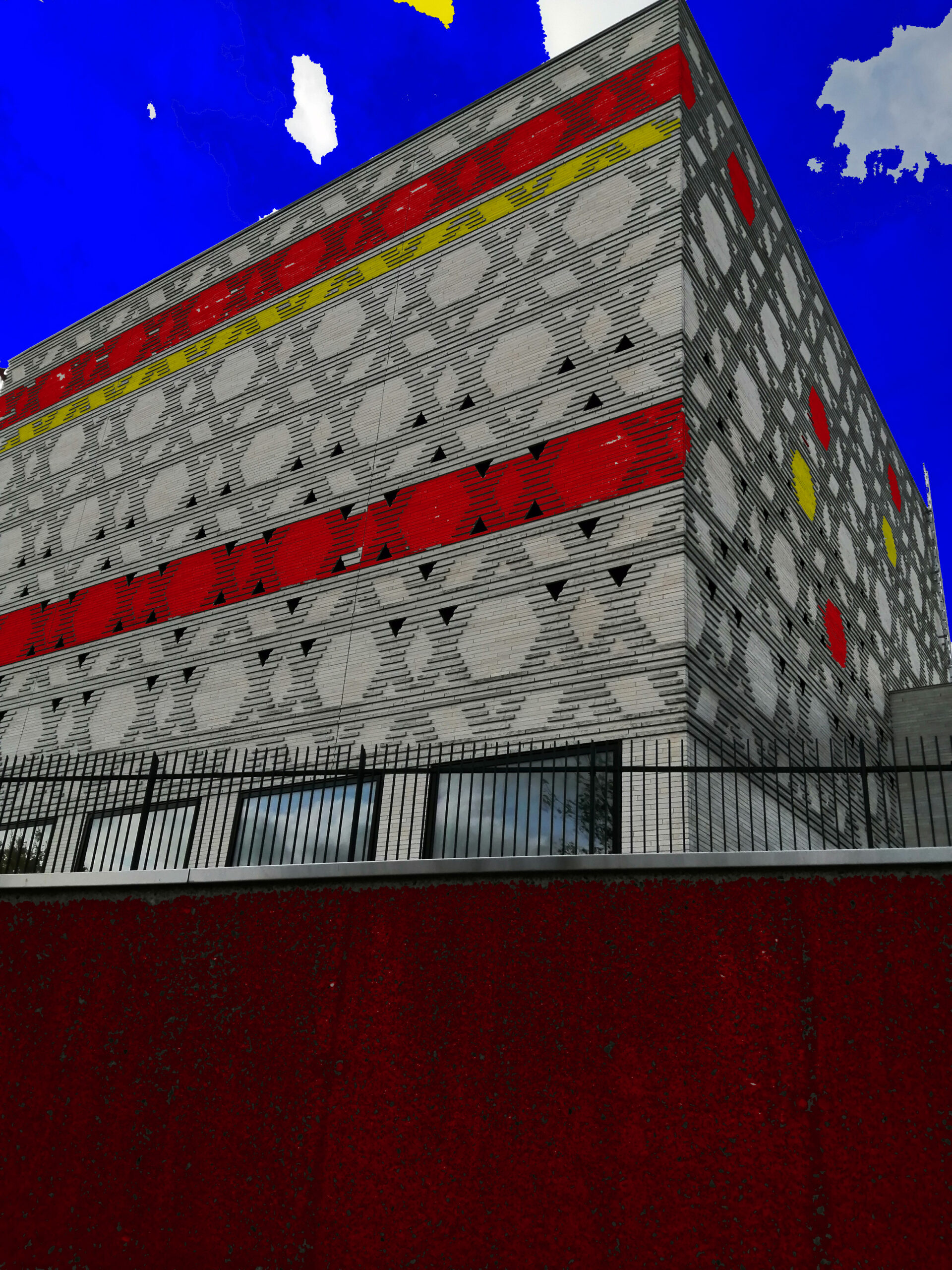
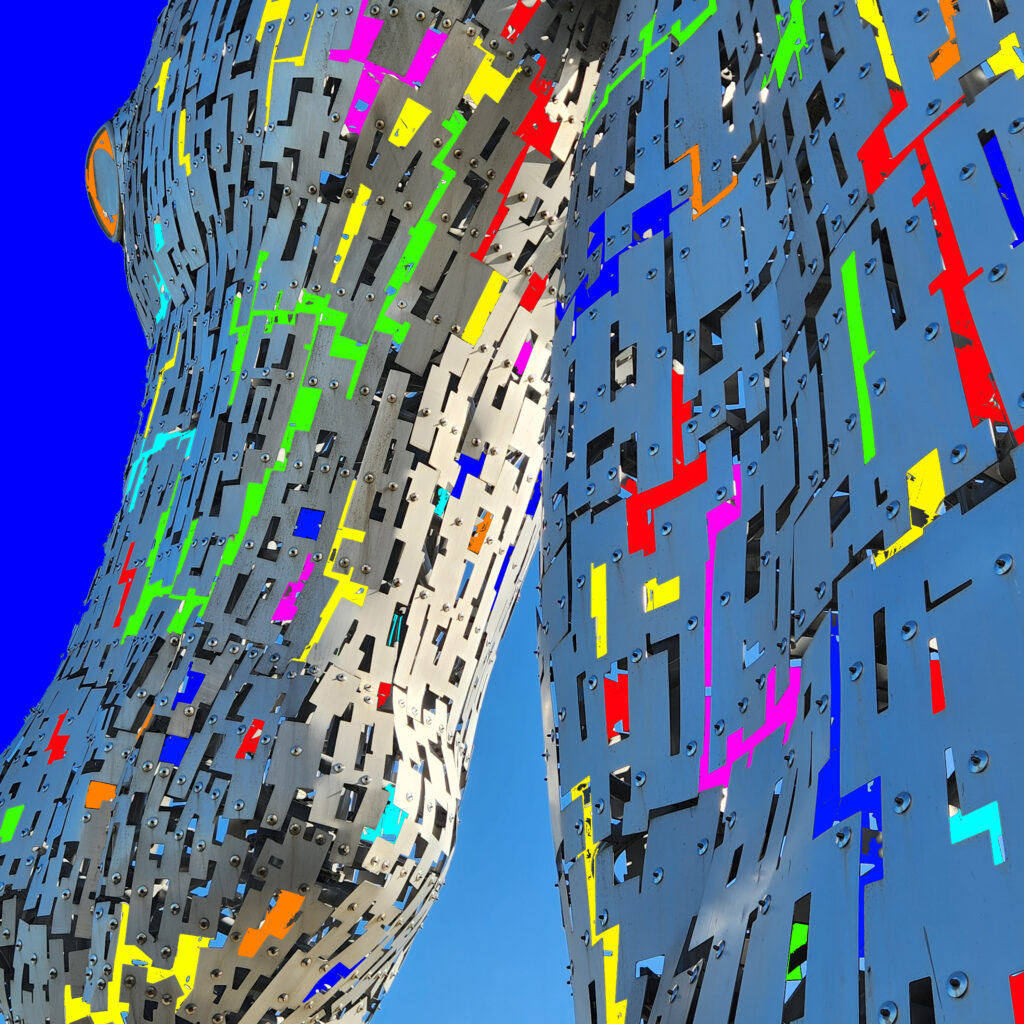

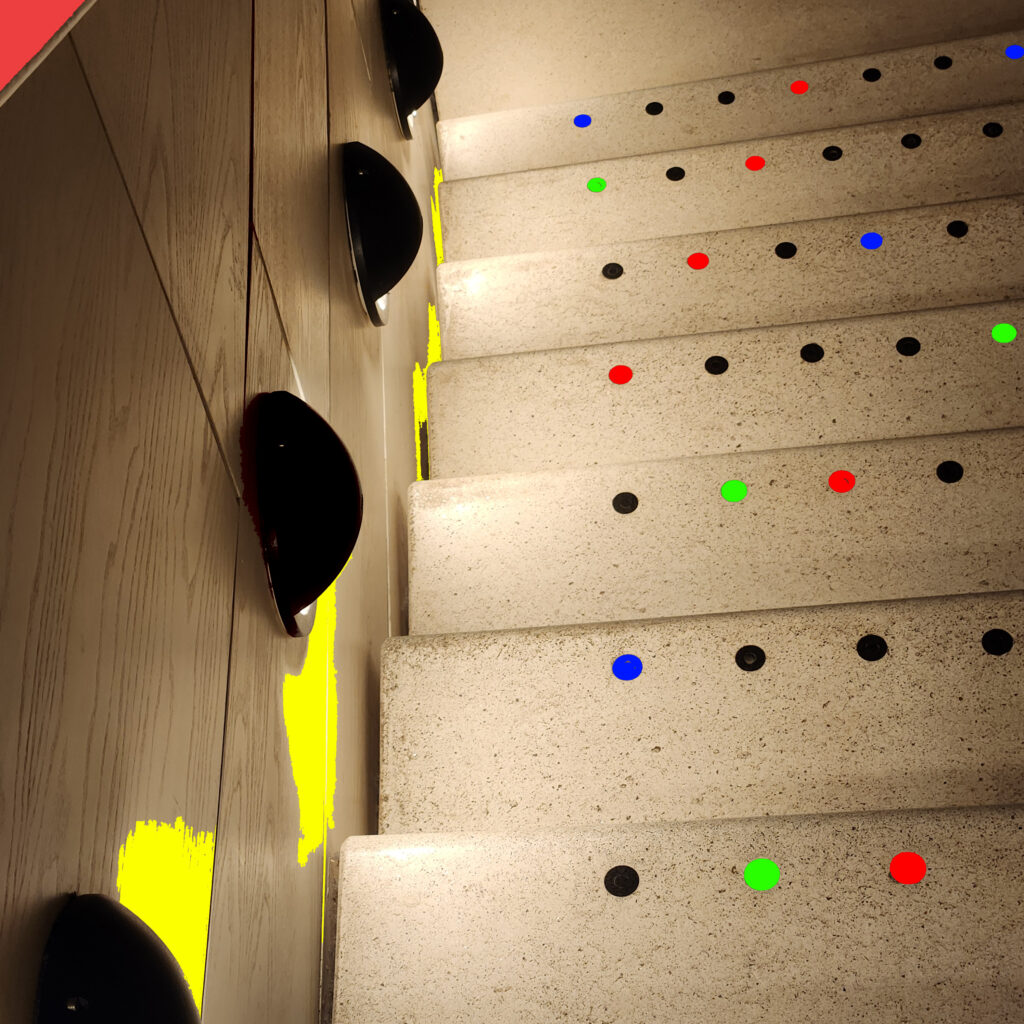

2448 x 3264 px

3013 x 4017 px
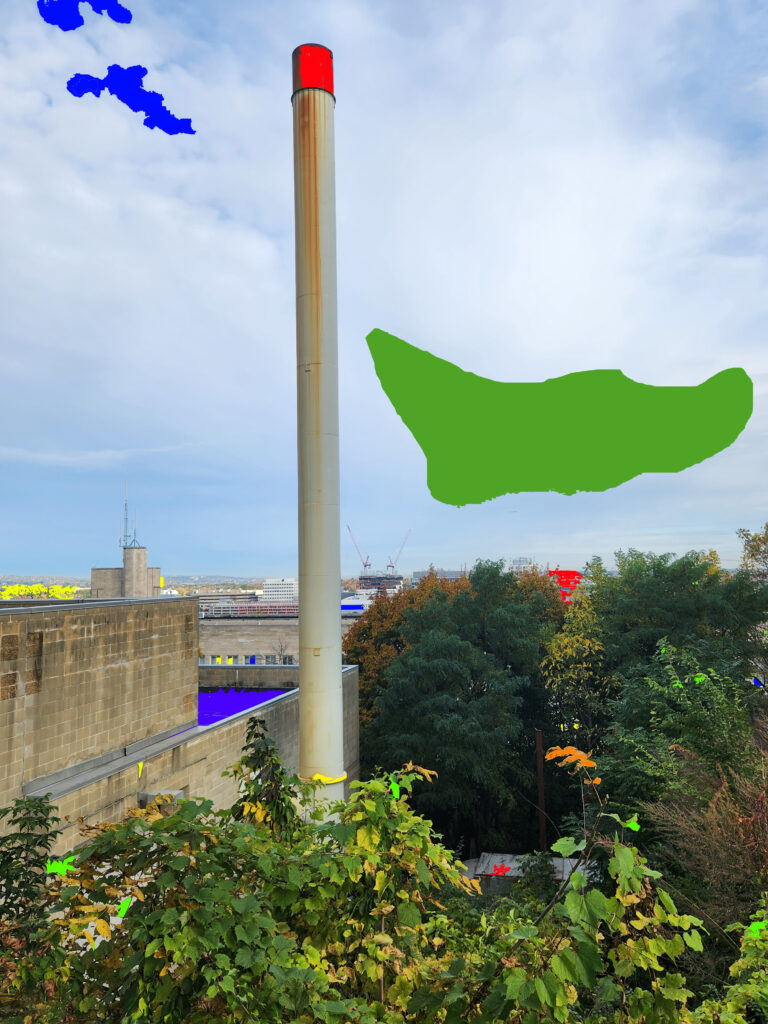
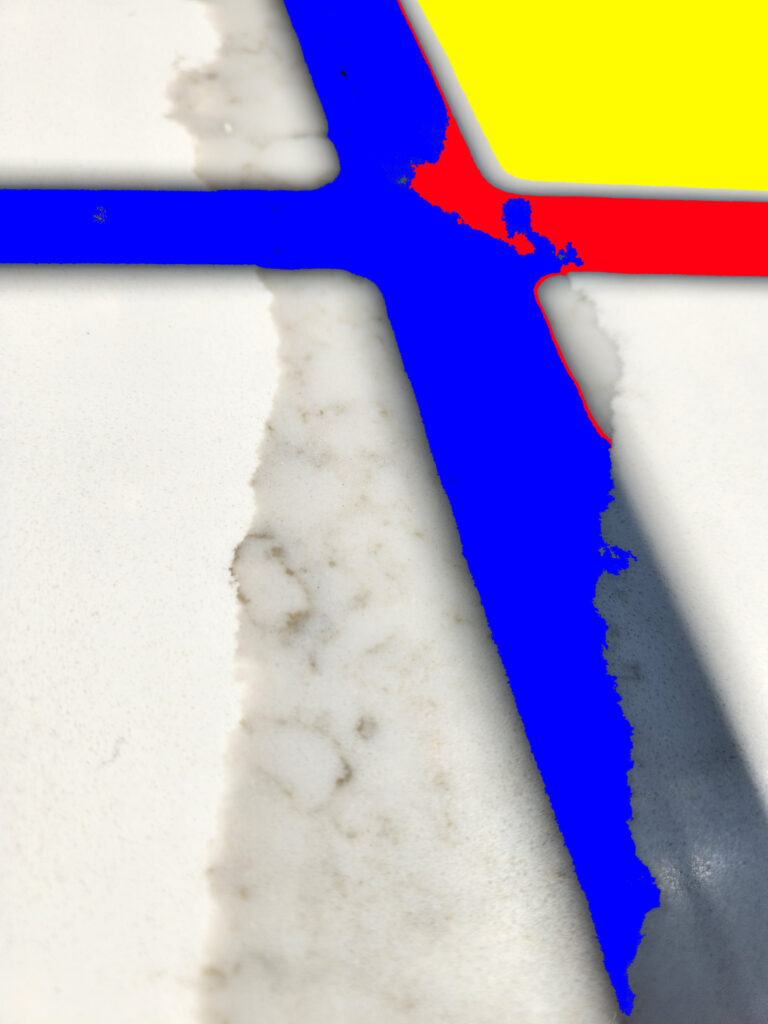
Photography on Archival Paper (2023)
3000 x 4000 px
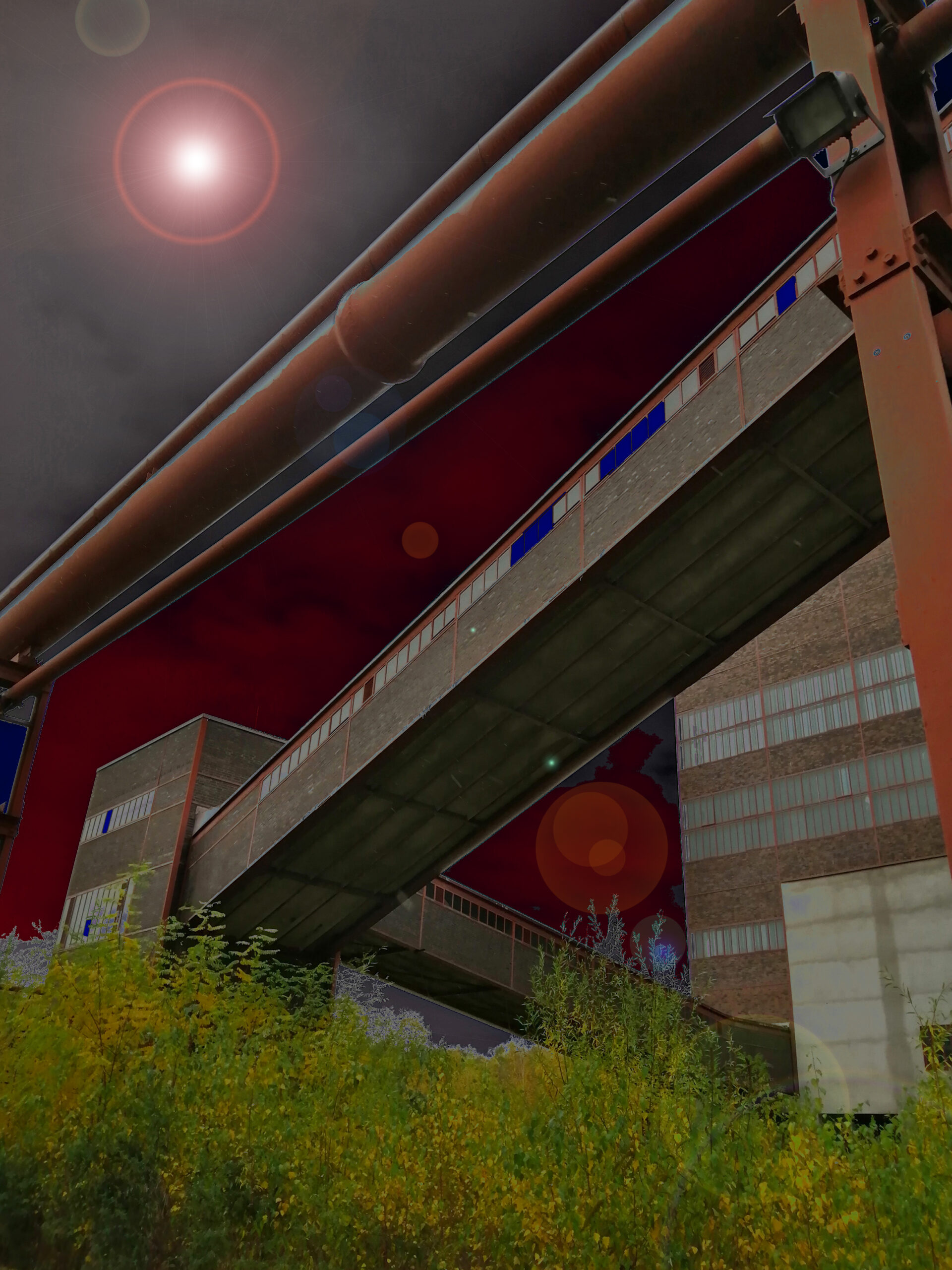
Photography on Archival Paper (2021)
2448 x 3264 px
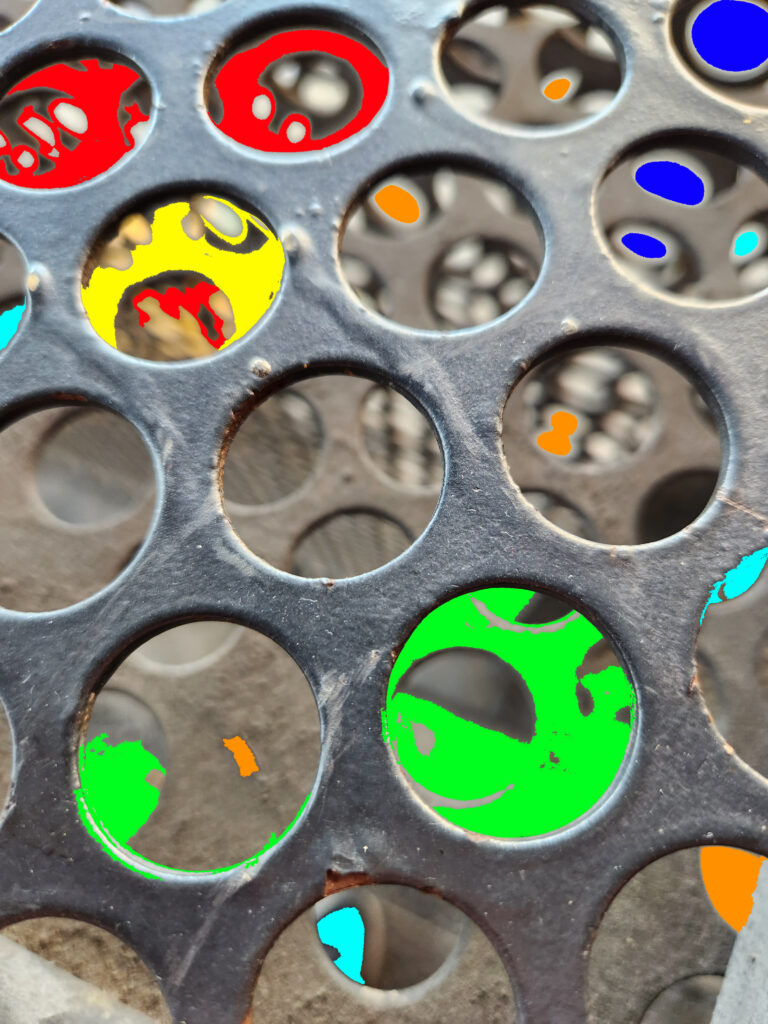
Photography on Archival Paper
3000 x 4000 px
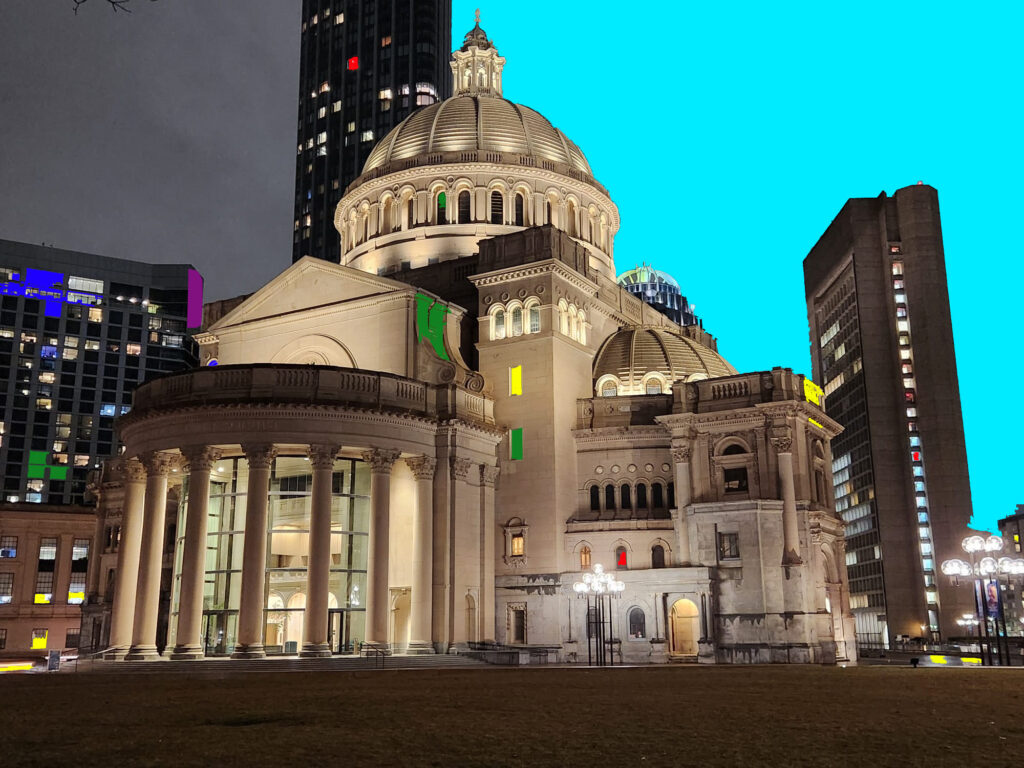
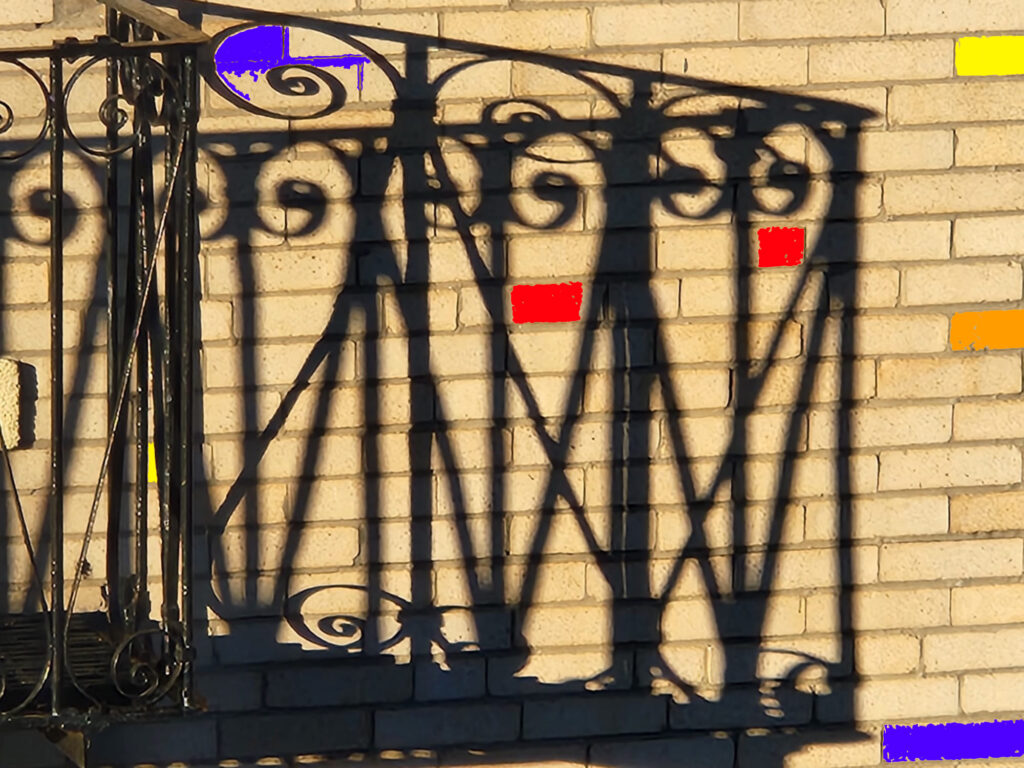

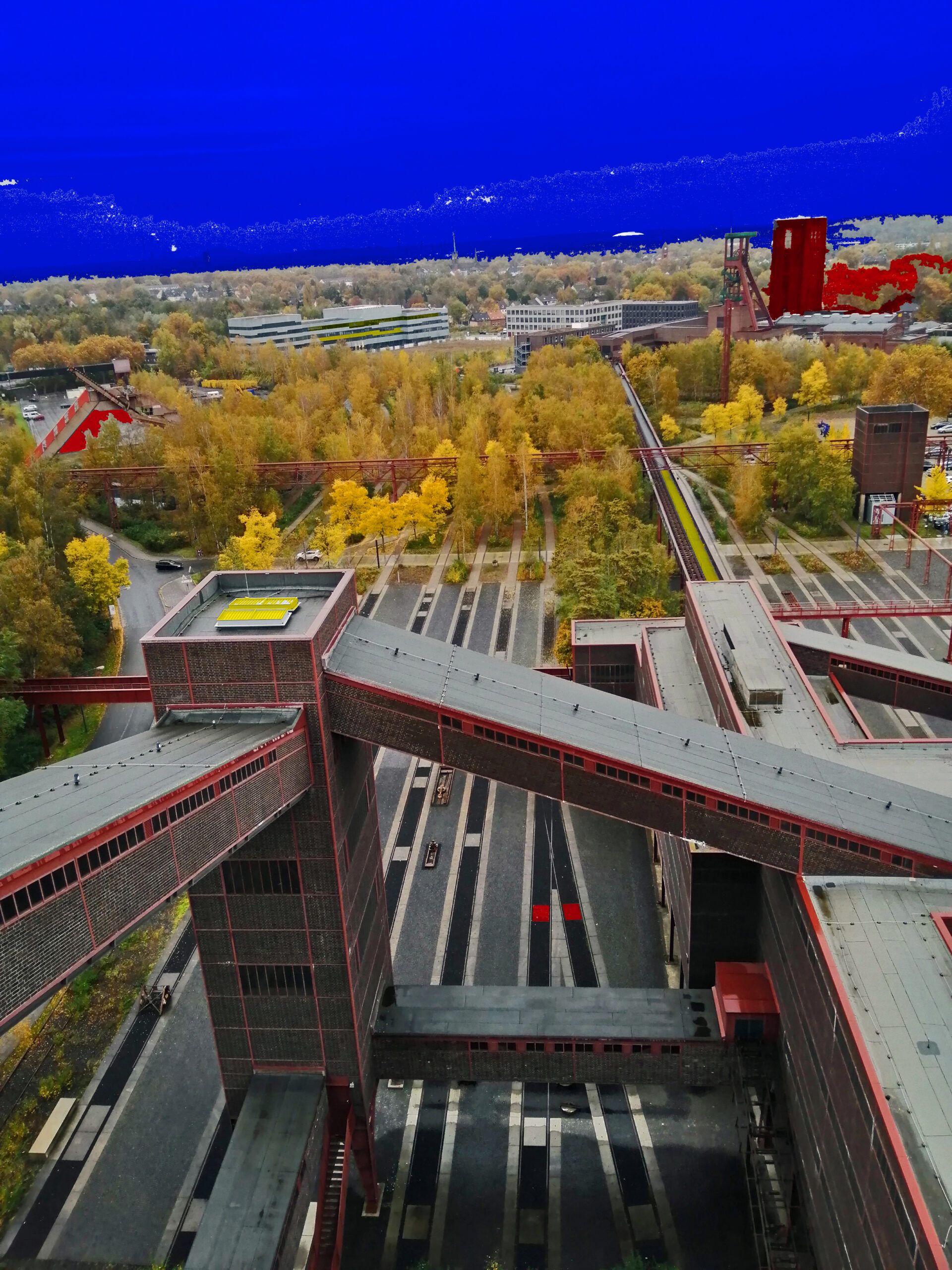
Photography on Archival Paper (2021)
2448 x 3264 px

Photography on Archival Paper (2021)
2448 x 3264 px
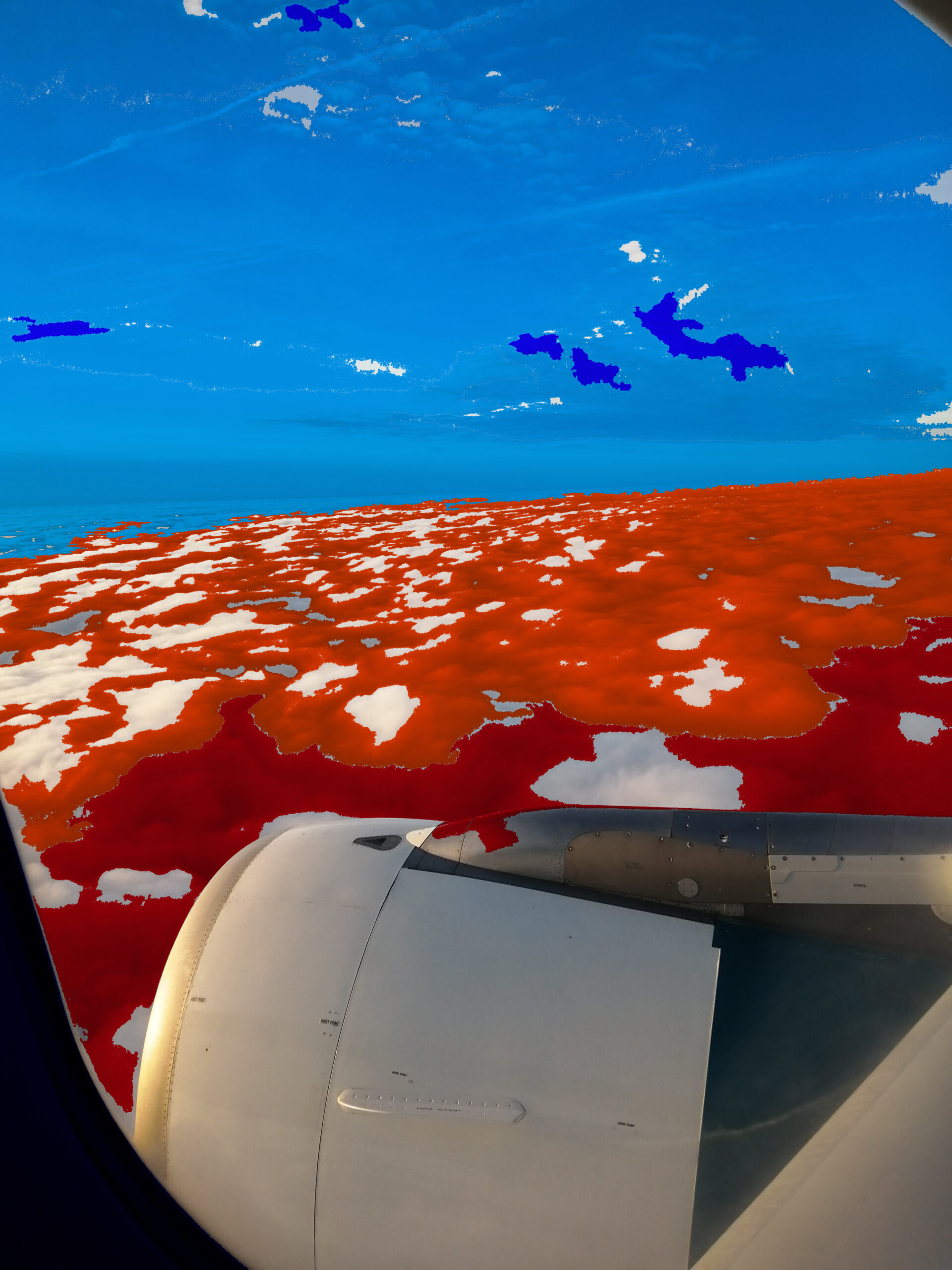
Photography on Archival Paper (2021)
3120 x 4160 px

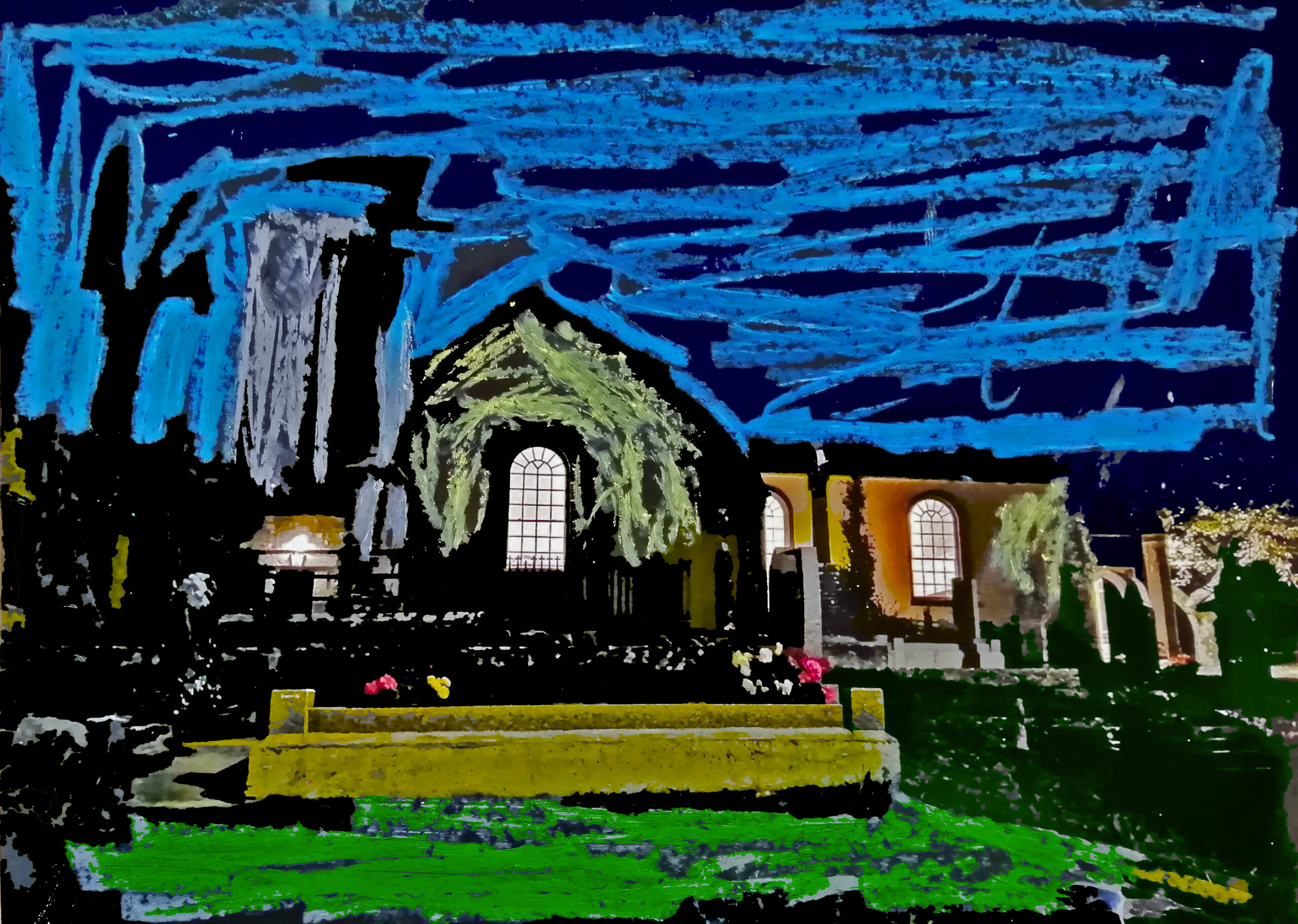
Photography on Archival paper (2021)
2802 x 1994 px
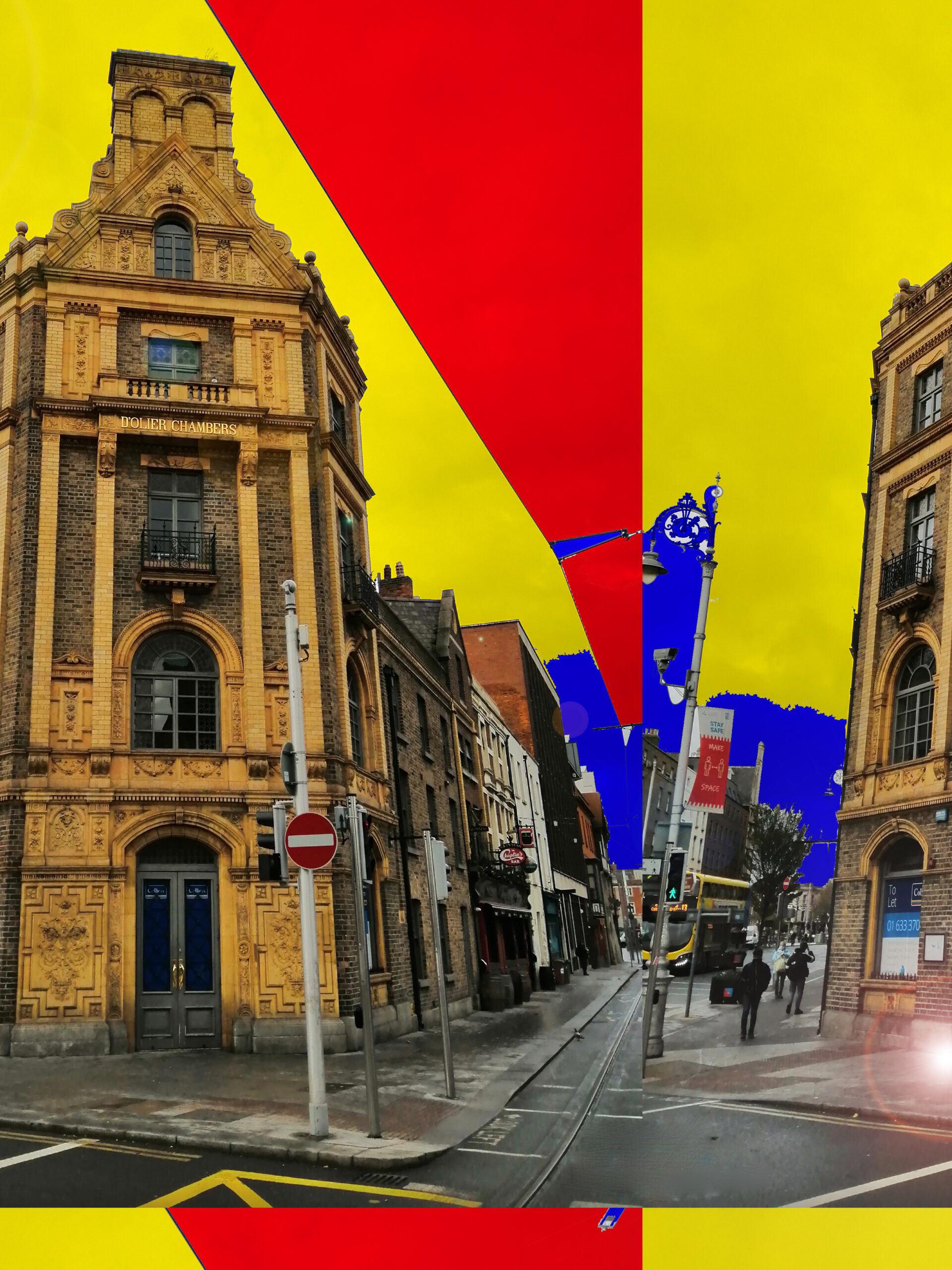
Photography on Archival Paper (2021)
2448 x 3264 px

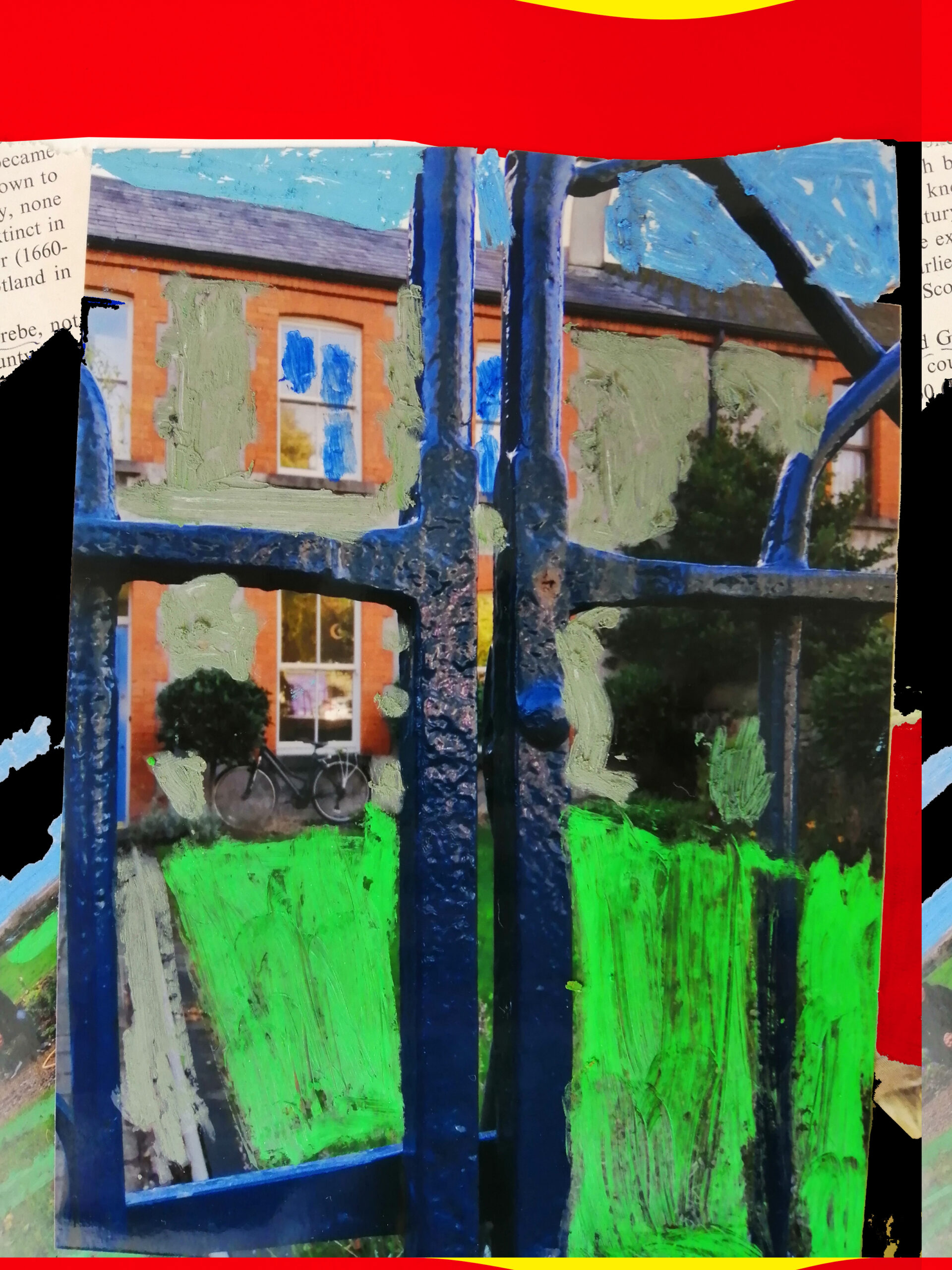
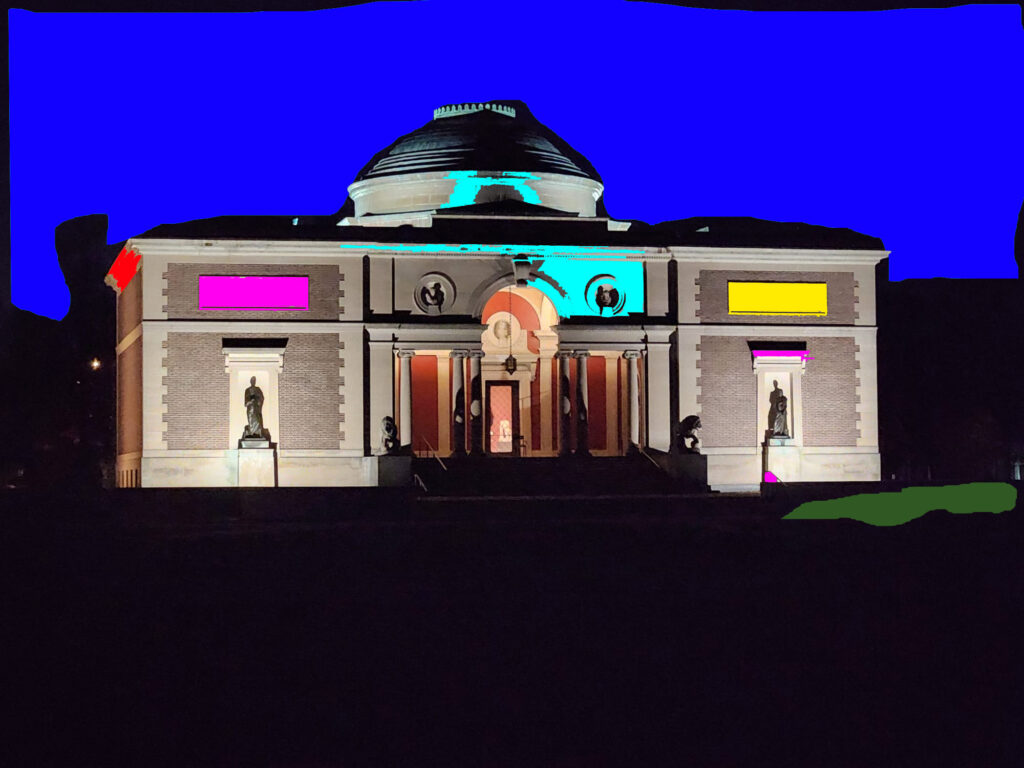
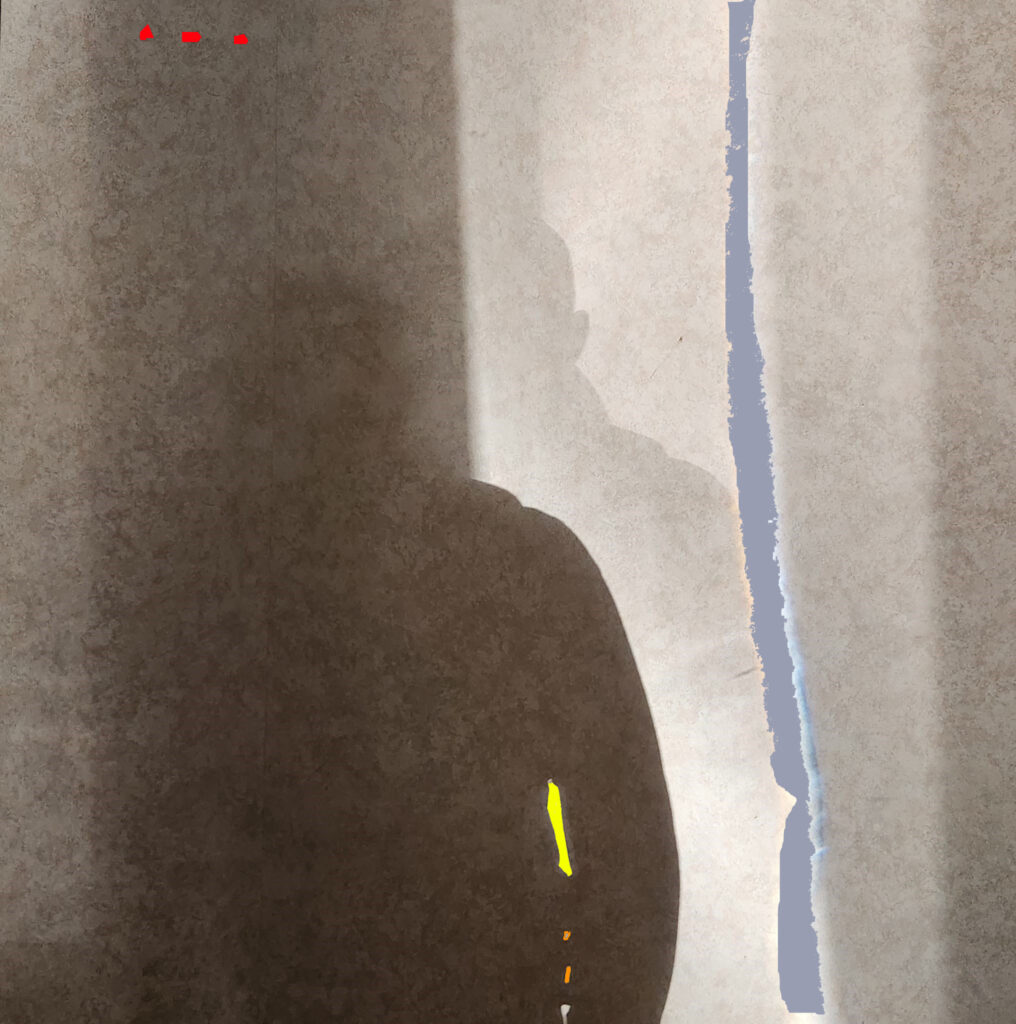
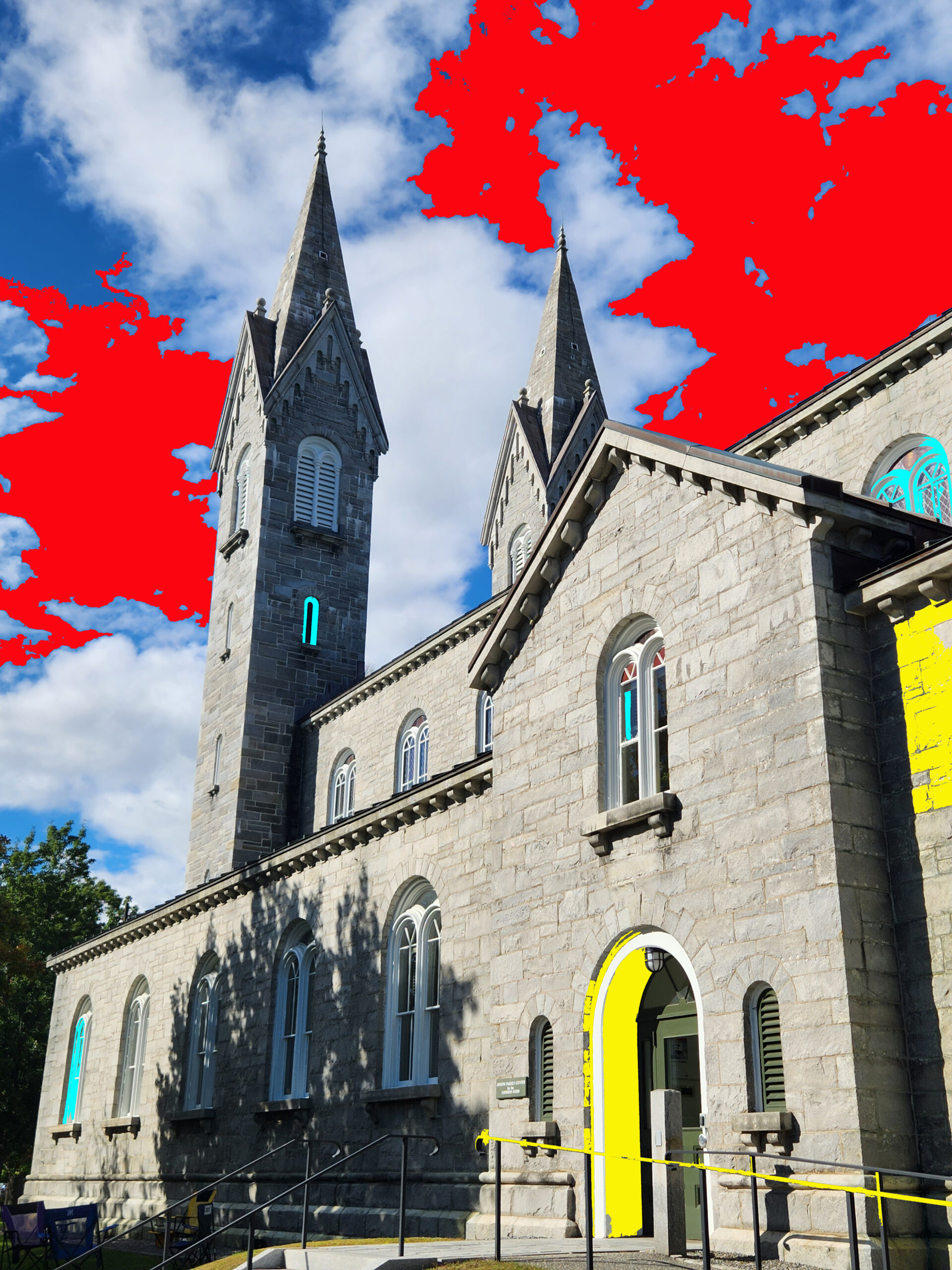
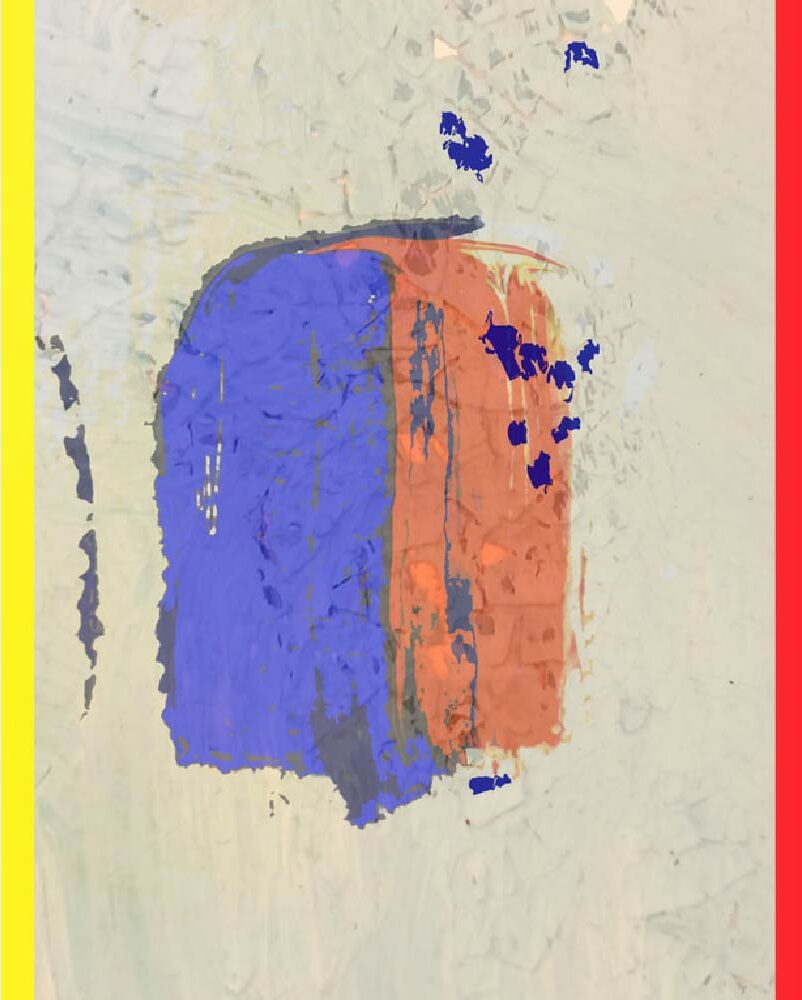
Photography on Archival Paper (2021)
2971 x 3866 px
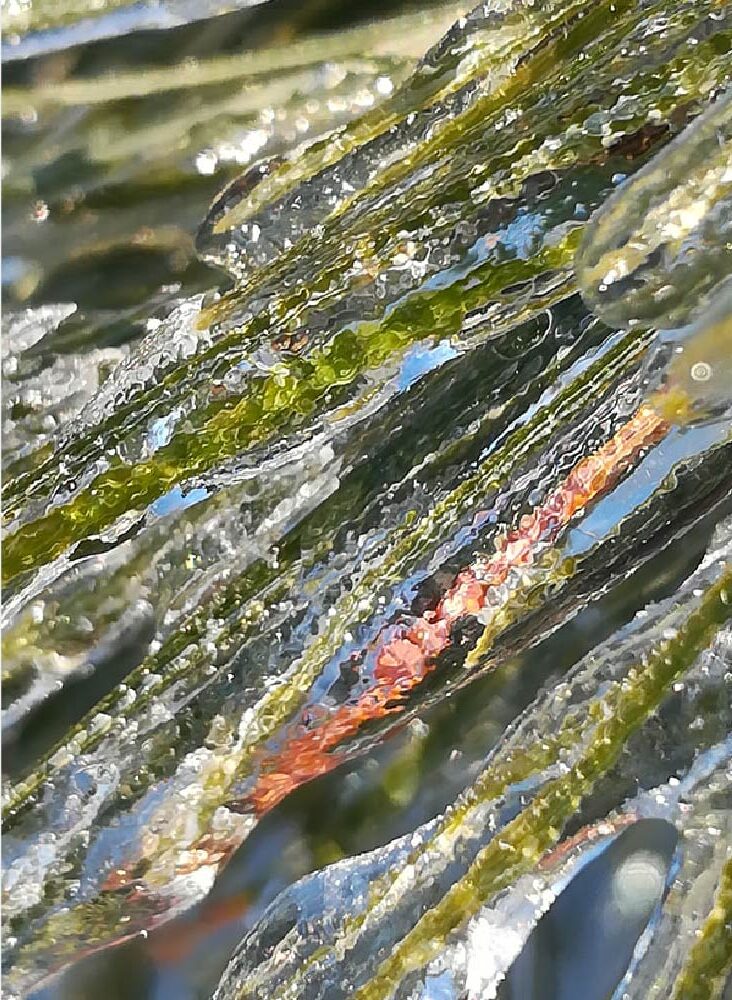
Photography on Archival Paper (2021)
3968 x 2976 px
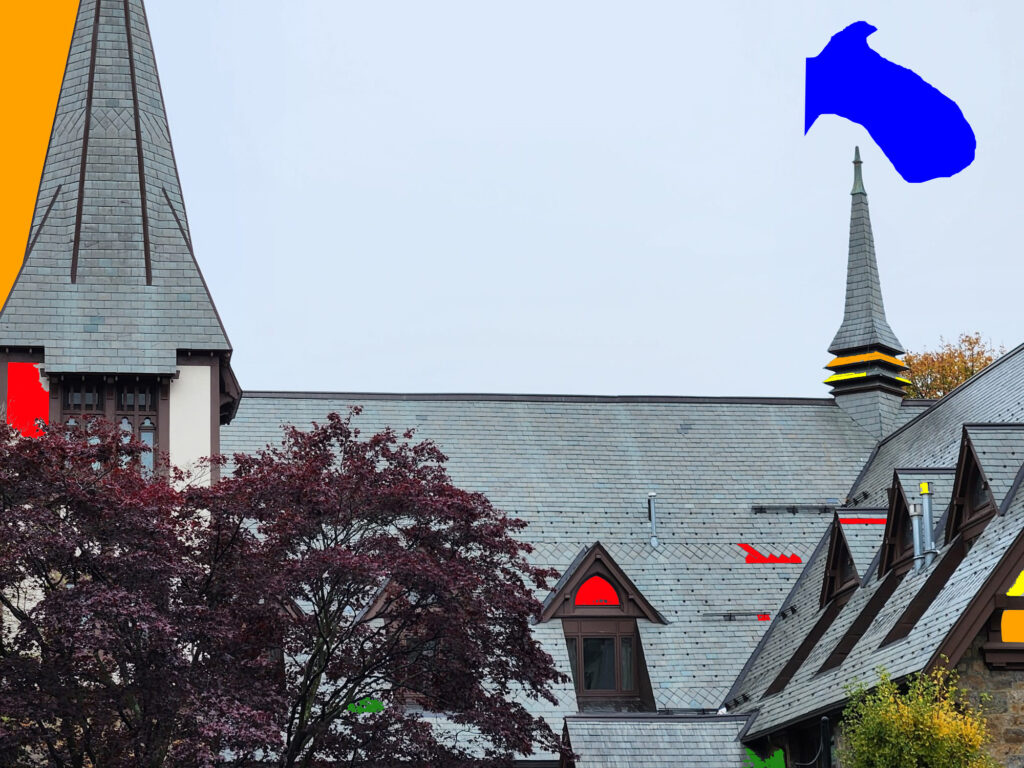

Photography on Archival Paper (2020)
2612 x 2905 px
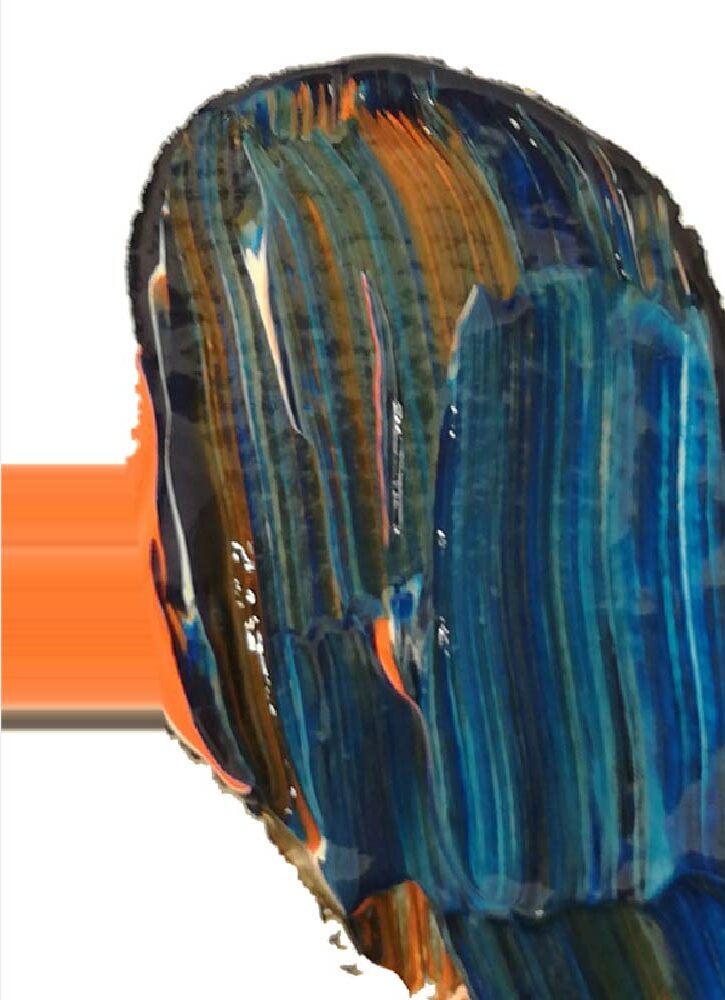
Photography on Archival Paper (2020)
2976 x 3968 px
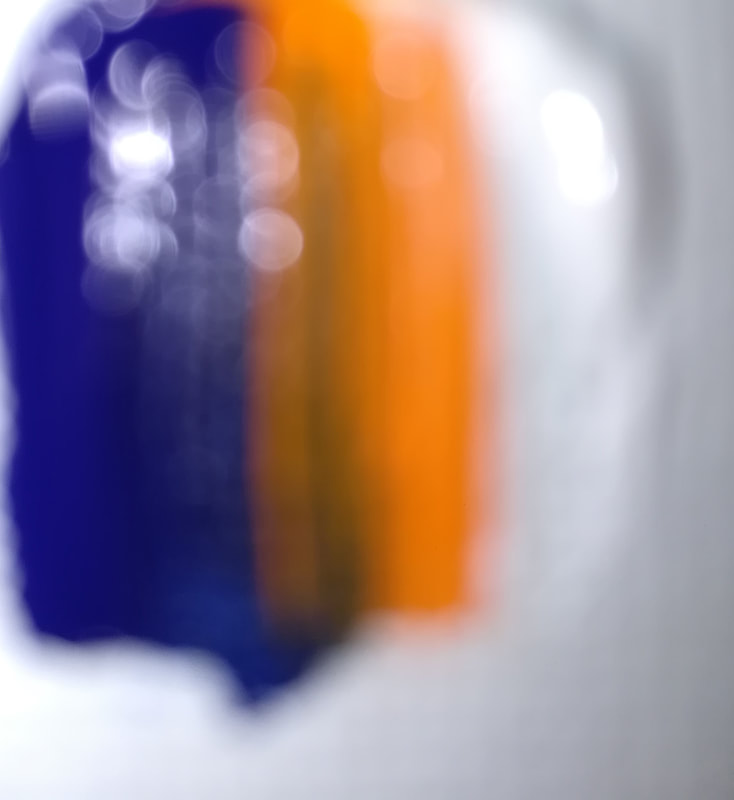
Photography on Archival Paper (2020)
2228 x 2428 px
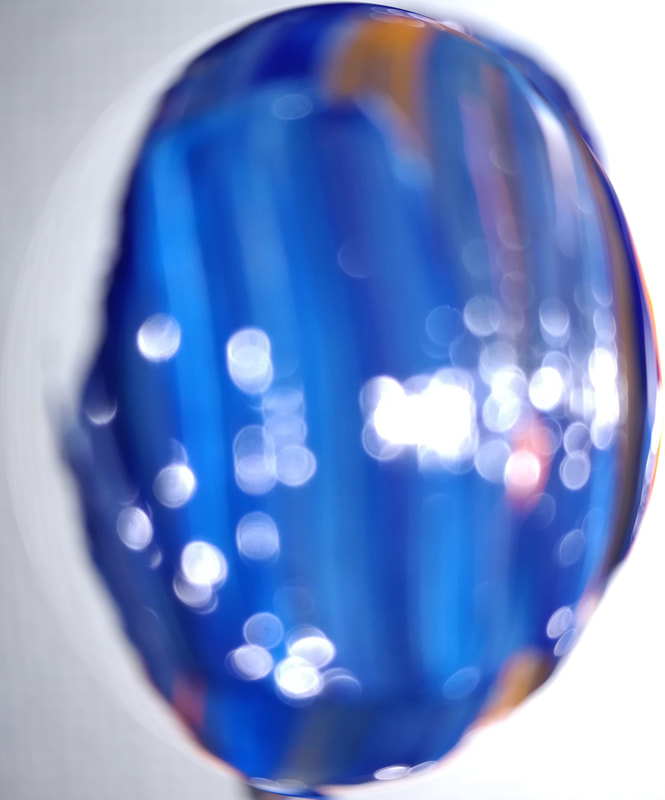
Photography on Archival Paper (2020)
2866 x 3447 px
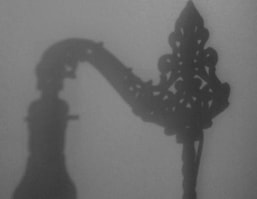
Photography on Archival Paper (2016)
2785 x 2158 px
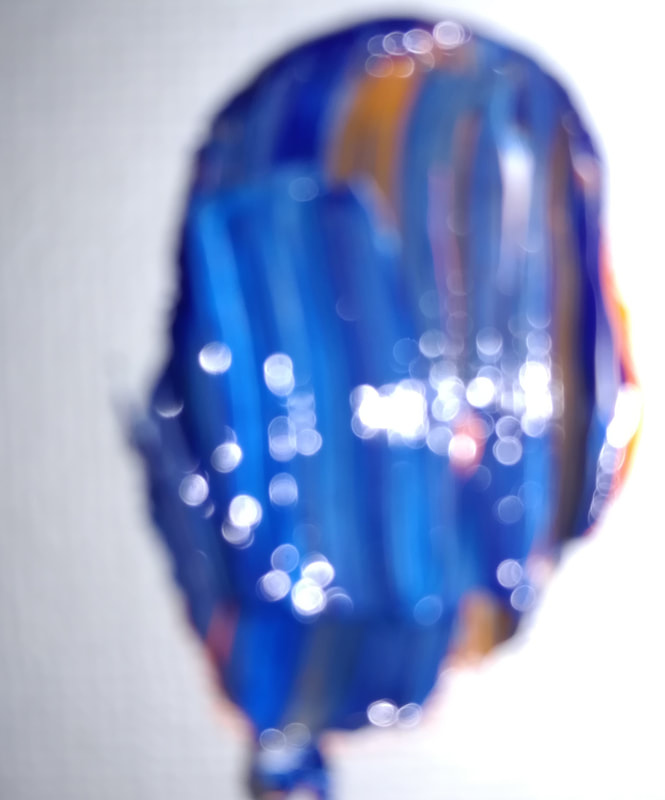
Photography on Archival Paper (2020)
2866 x 3447 px
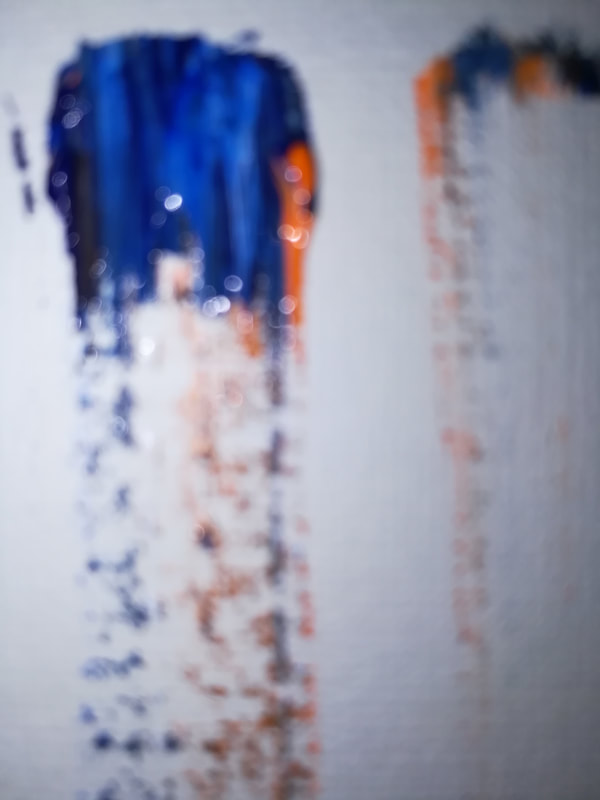
Photography on Archival Paper (2020)
2976 x 3968 px
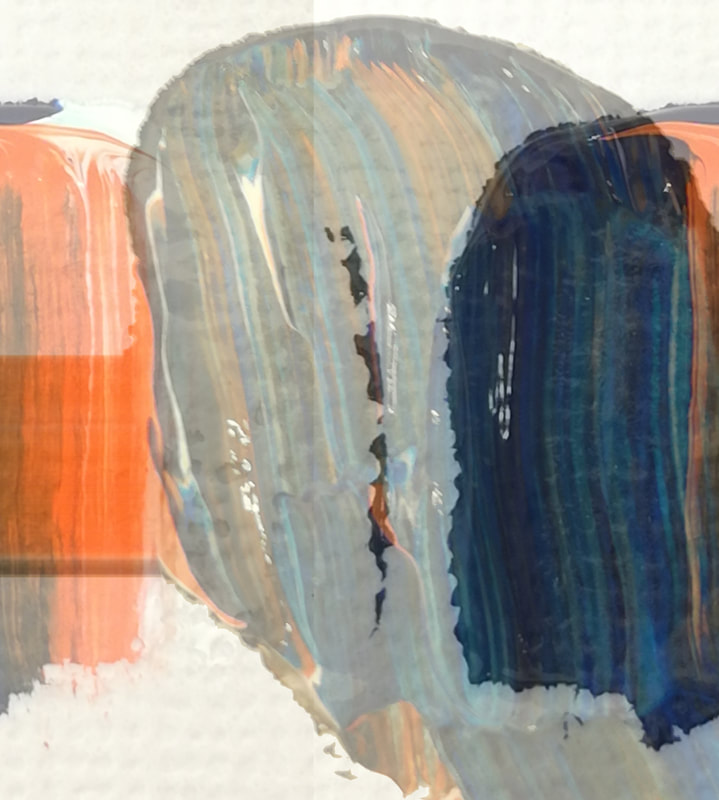
Photography on Archival Paper (2020)
2612 x 2905 px
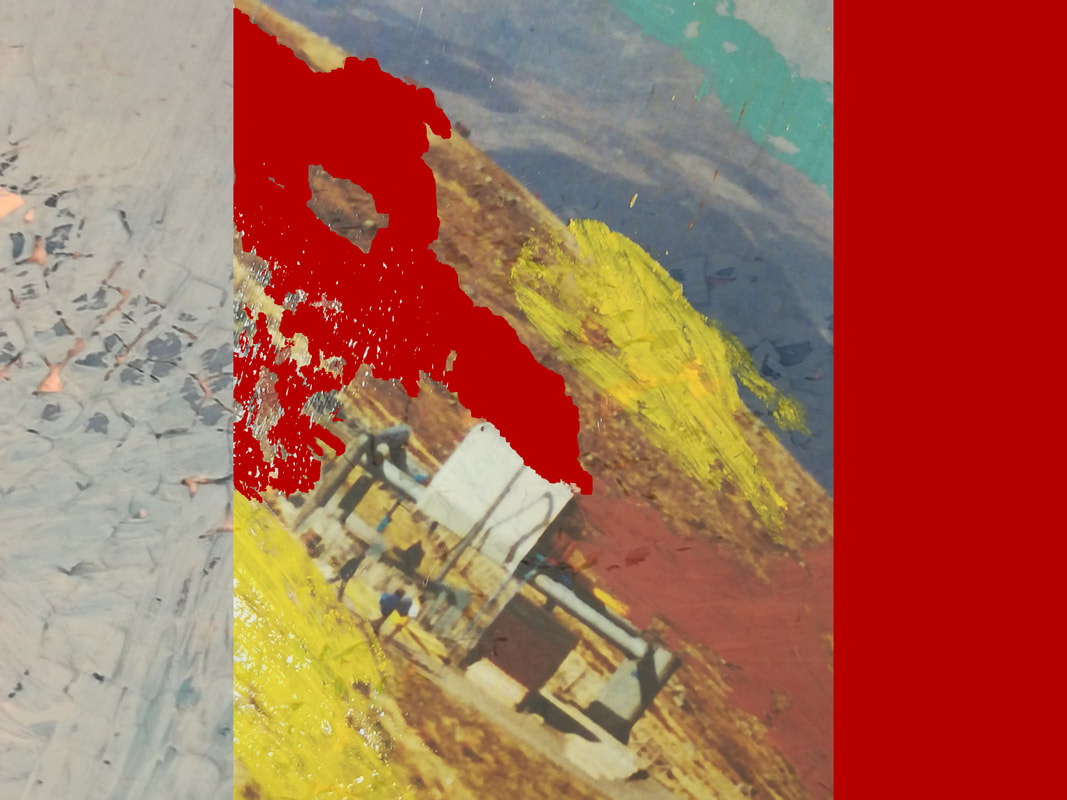
Photography on Archival Paper (2021)
2976 x 3968 px
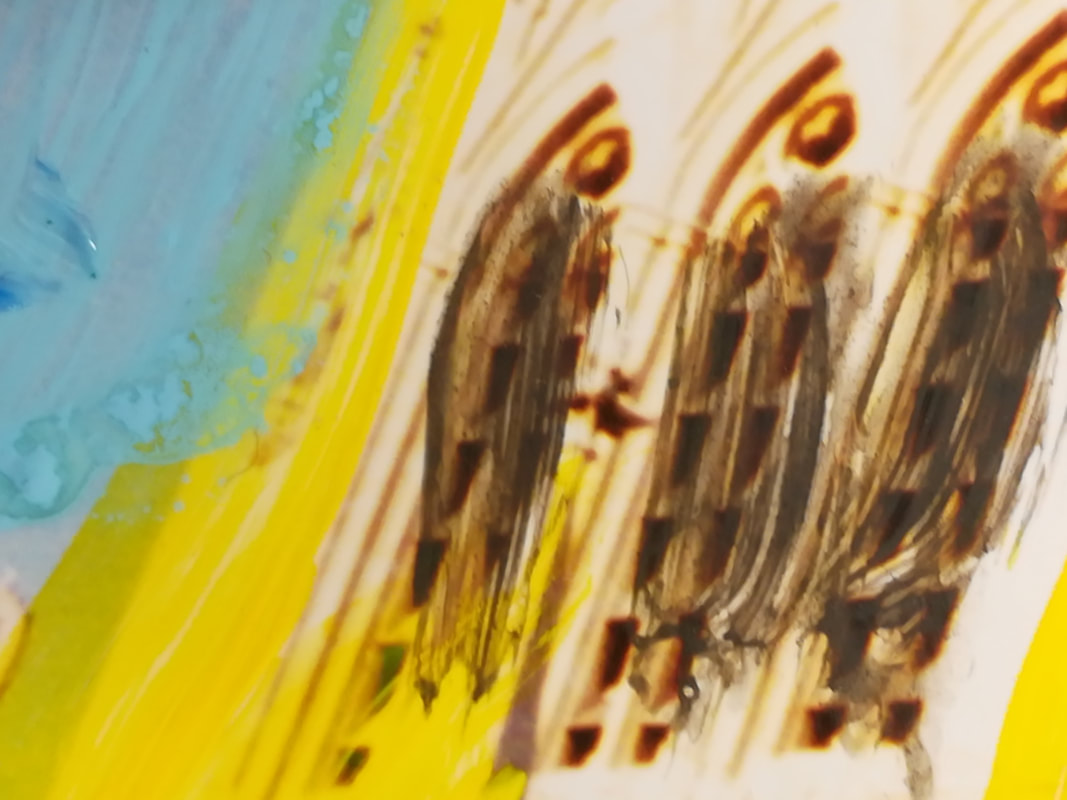
2976 x 3968 px
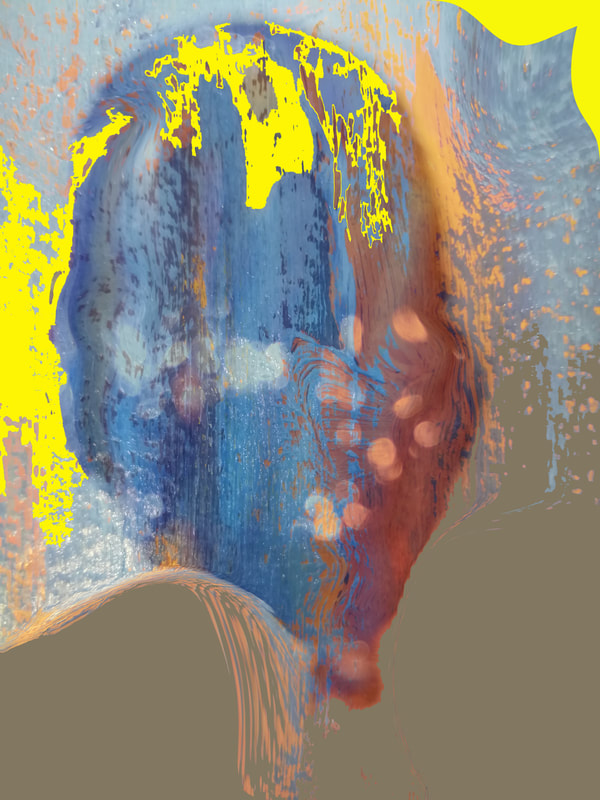
Photography on Archival Paper (2020)
2976 x 3968 px
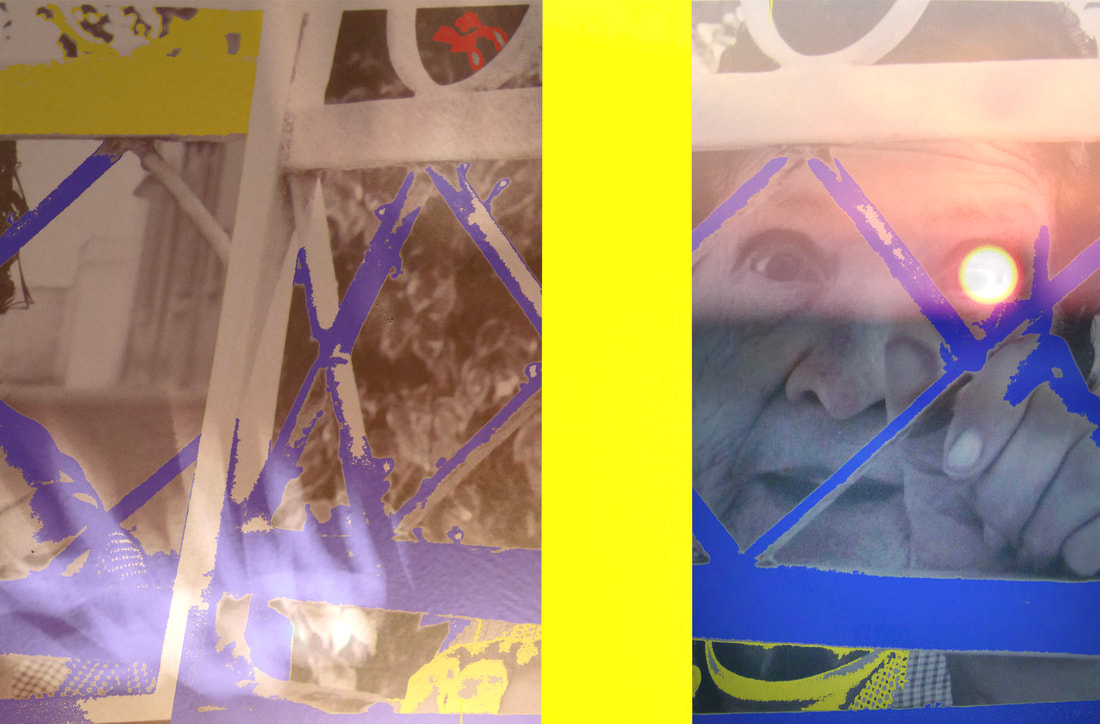
2373 x 3604 px

Photography on Archival Paper (2021)
2976 x 3968 px

Photography on Archival Paper (2020)
2976 x 3968 px

Photography on Archival paper (2021)
2448 x 3264 px
